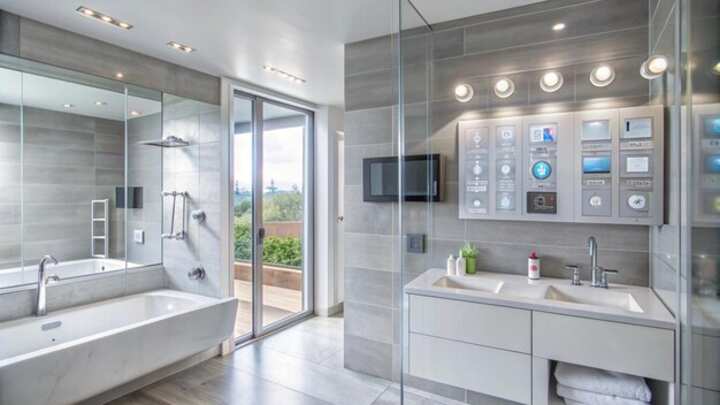
Expert Tips for Installing Heated Bathroom Floors in Hilliard
Installing heated bathroom floors can transform your morning routine, adding a touch of luxury and comfort to your everyday life. For homeowners in Hilliard, achieving the perfect installation requires careful planning and execution. From understanding the types of heating systems available to ensuring proper insulation and energy efficiency, there are several factors to consider. This article provides expert insights and practical tips to help you navigate the process of installing heated bathroom floors effectively.
Understanding Heated Floor Systems
Before embarking on the installation process, it’s crucial to understand the different types of heated floor systems available. Each system has its own advantages and is suitable for specific scenarios.
Electric Radiant Floor Heating
This system uses electric cables or mats installed beneath the floor surface. It is ideal for small areas and offers the following benefits:
- Quick to heat up, making it efficient for bathrooms.
- Easy to install, especially during remodeling projects.
- Provides uniform heat distribution.
Hydronic Radiant Floor Heating
This system involves circulating warm water through pipes installed under the floor. It is suitable for larger areas and offers these advantages:
- Highly energy efficient, especially for extensive installations.
- Suitable for use with various flooring materials.
- Offers consistent, steady heat over time.
Preparation and Planning
Proper preparation and planning are paramount to a successful heated floor installation. Here are key steps to consider:
Assessing the Bathroom Space
Evaluate the size and layout of your bathroom to determine the most suitable heating system. Consider factors such as:
- Existing plumbing and electrical setups.
- Flooring material compatibility with heating systems.
- Budget constraints and energy efficiency goals.
Insulation Considerations
Proper insulation is critical to maximize the efficiency of your heated floors. Consider these points:
- Use high-quality insulation materials to reduce heat loss.
- Ensure the subfloor is adequately prepared to support the heating system.
- Consider installing a thermal barrier for enhanced performance.
Learn more in this detailed guide.
Installation Process
The installation process can vary depending on the type of heating system chosen. Here’s a general guideline to follow:
Electric System Installation
- Lay out the electric mats or cables on the prepared subfloor according to the manufacturer's instructions.
- Connect the system to your home’s electrical circuit, ensuring compliance with local electrical codes.
- Install the chosen flooring material over the heating elements.
Hydronic System Installation
- Install the manifold and connect it to the boiler system.
- Lay down the tubing in a pattern that ensures even heat distribution.
- Secure the tubing and test for leaks before covering it with flooring material.
Explore further insights here.
Maintenance and Energy Efficiency
Once your heated bathroom floors are installed, maintaining them and ensuring energy efficiency is crucial. Consider these tips:
- Regularly check the system for any signs of wear or damage.
- Use programmable thermostats to optimize energy usage.
- Schedule annual inspections to maintain system performance.